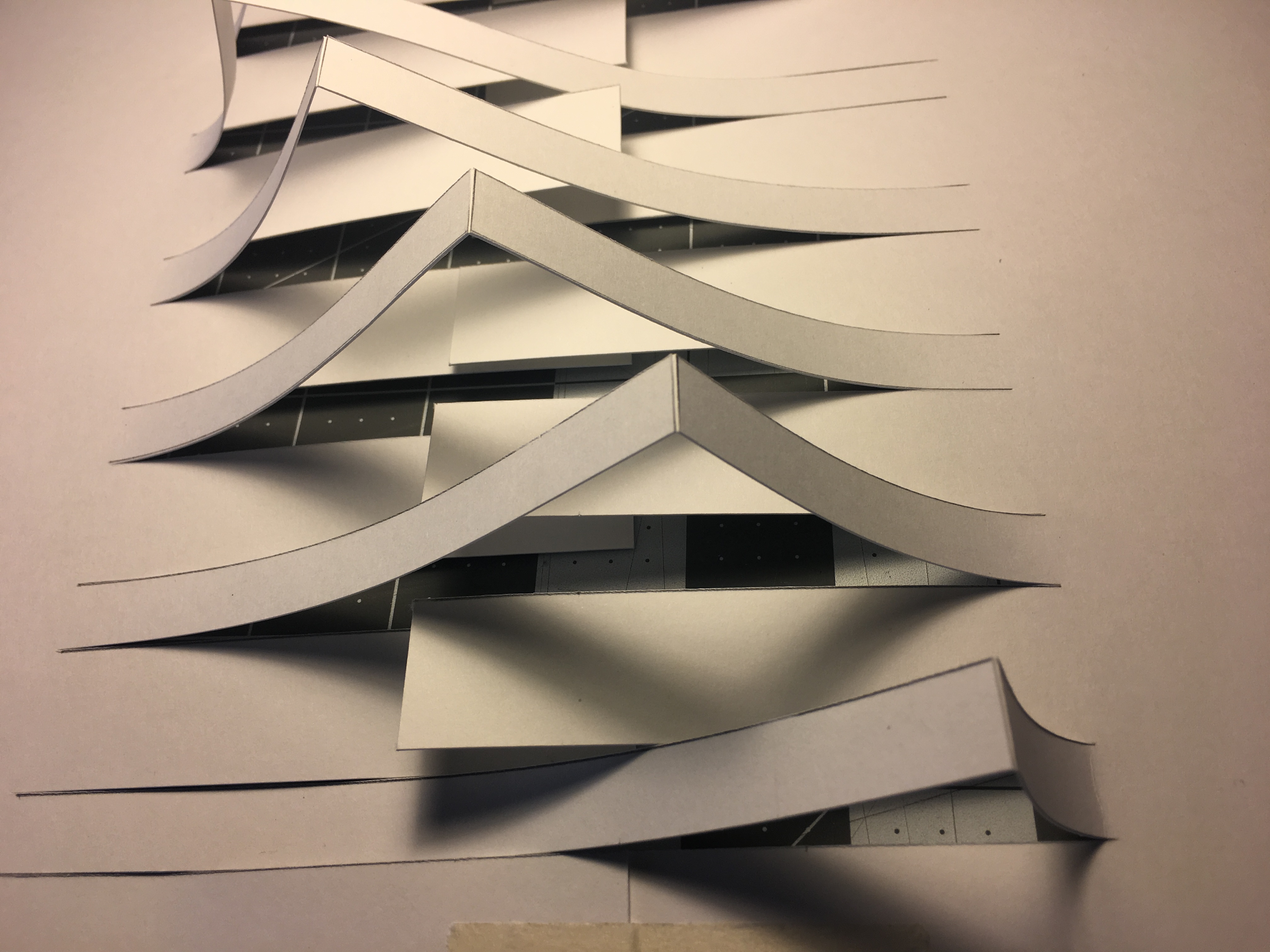Kirigami: The Art of Paper Cutting

History of Kirigami
The origins of Kirigami can be traced back to ancient China, where people used to cut paper into different shapes and designs for religious purposes. It was later introduced to Japan, where it became popular among the nobility during the Heian period (794-1185 AD). It was used to create decorative items such as screens, fans, and lanterns. Kirigami was also used in religious ceremonies and as a way to honor the dead.
Types of Kirigami
There are several types of Kirigami, including:
Pop-Up Kirigami:
Pop-up Kirigami involves cutting and folding paper to create three-dimensional designs that pop up when the paper is opened. This type of Kirigami is commonly used in children's books and greeting cards.
Architectural Kirigami:
Architectural Kirigami involves cutting and folding paper to create models of buildings and structures. This type of Kirigami is often used by architects and designers in the early stages of designing a building or structure.
Ornamental Kirigami:
Ornamental Kirigami involves cutting and folding paper to create decorative items such as lamps, mobiles, and Christmas decorations.
How to Create Kirigami
Creating Kirigami requires patience, precision, and creativity. Here are the steps to create a simple Kirigami design:
- Choose a design and trace it onto a piece of paper
- Cut along the lines of the design using a sharp pair of scissors
- Fold the paper along the crease lines to create the desired shape
- Unfold the paper and admire your work
Advantages and Disadvantages of Kirigami
One advantage of Kirigami is that it is an inexpensive and eco-friendly art form that can be enjoyed by people of all ages. It also helps to develop fine motor skills and hand-eye coordination. However, one disadvantage of Kirigami is that it can be time-consuming and requires a lot of patience and precision.
Conclusion
Kirigami is a beautiful and intricate art form that has been practiced for centuries. It requires patience, precision, and creativity but can be enjoyed by people of all ages. Whether you're creating a simple design or a complex one, the end result is always stunning.
FAQ
1. What is the difference between Kirigami and Origami?
Kirigami involves both folding and cutting paper, while Origami only involves folding paper.
2. What kind of paper is used for Kirigami?
Thin, lightweight paper such as origami paper or tissue paper is often used for Kirigami.
3. Can Kirigami be used for decoration?
Yes, Kirigami can be used to create decorative items such as lamps, mobiles, and Christmas decorations.
4. Is Kirigami difficult to learn?
Creating Kirigami designs can be challenging, but with practice and patience, anyone can learn this art form.
